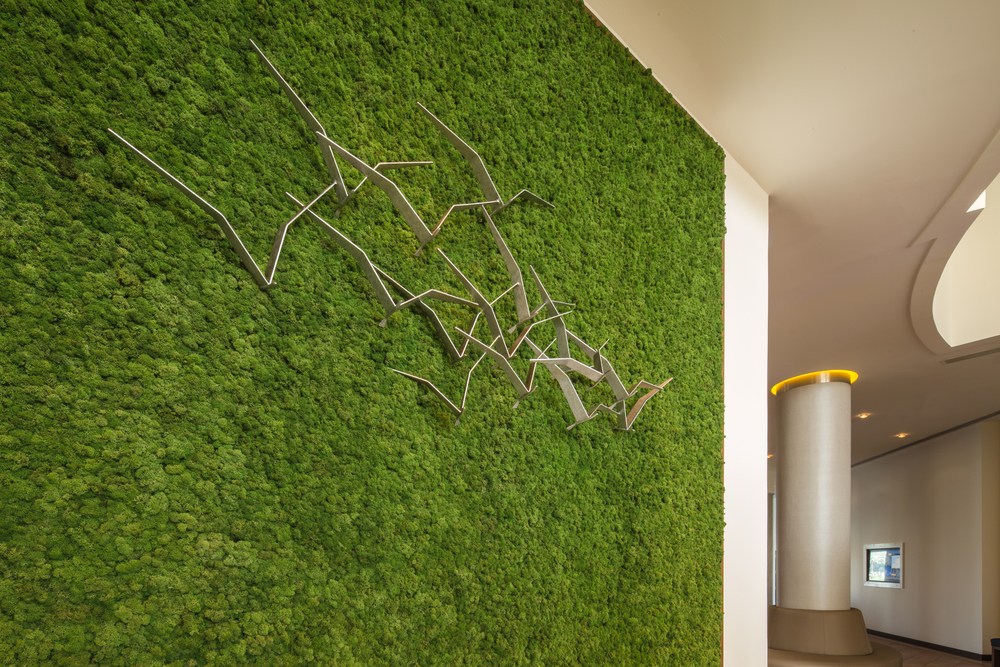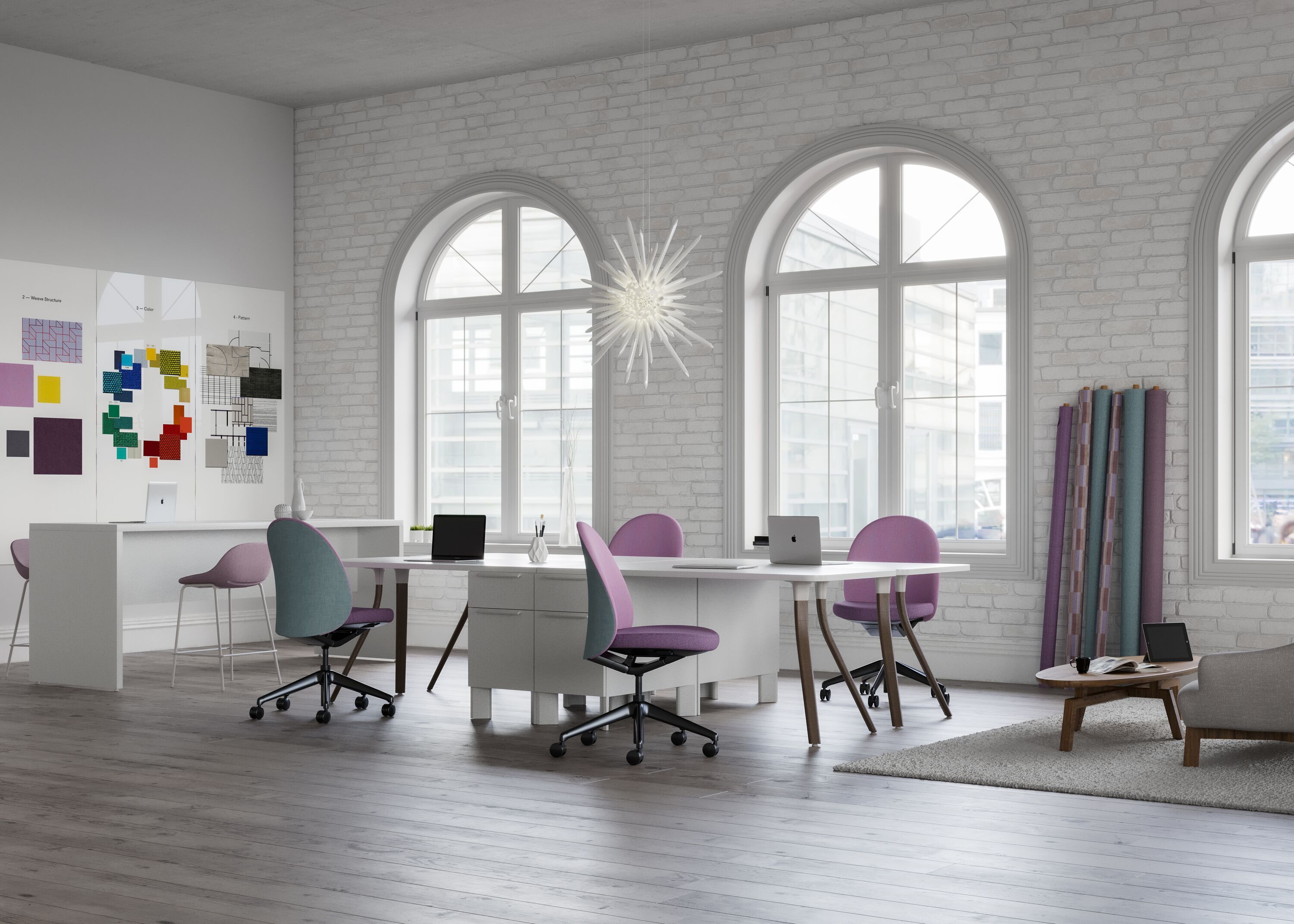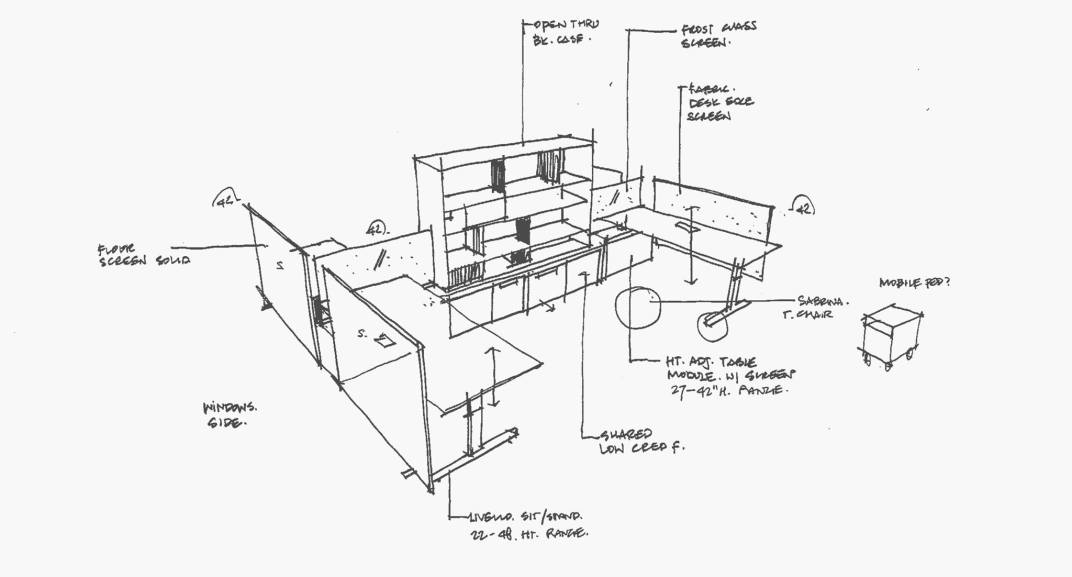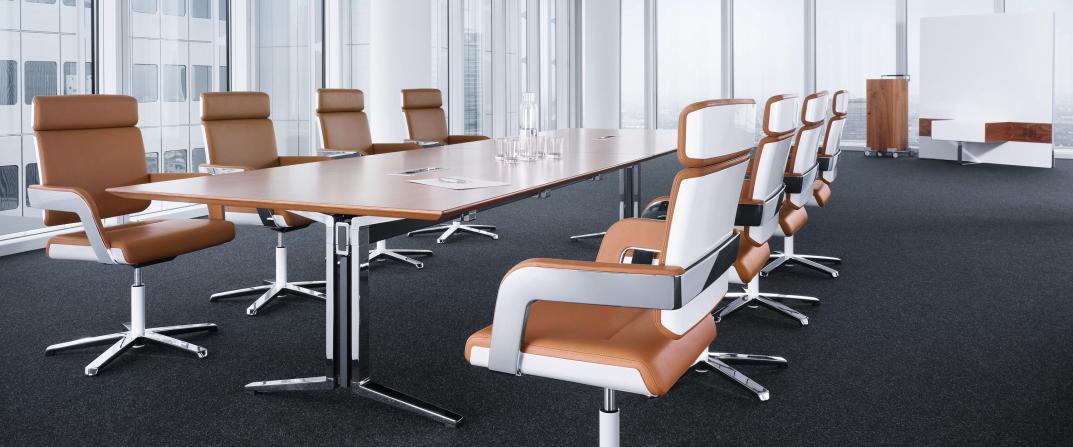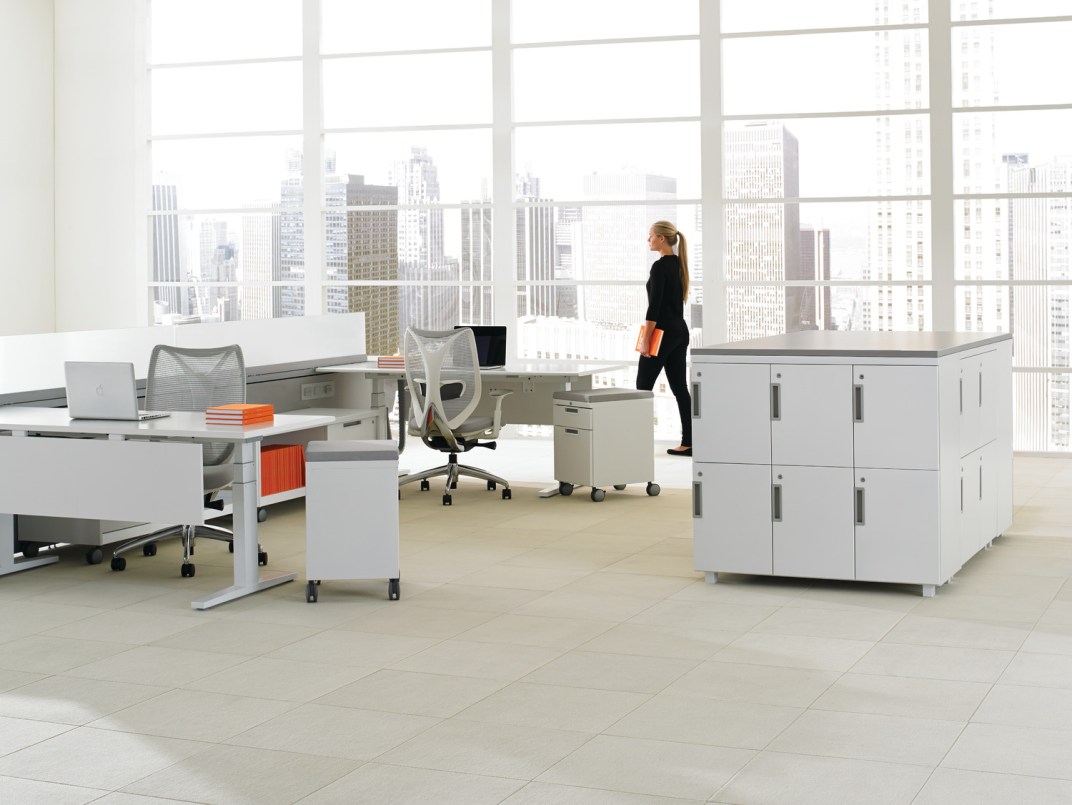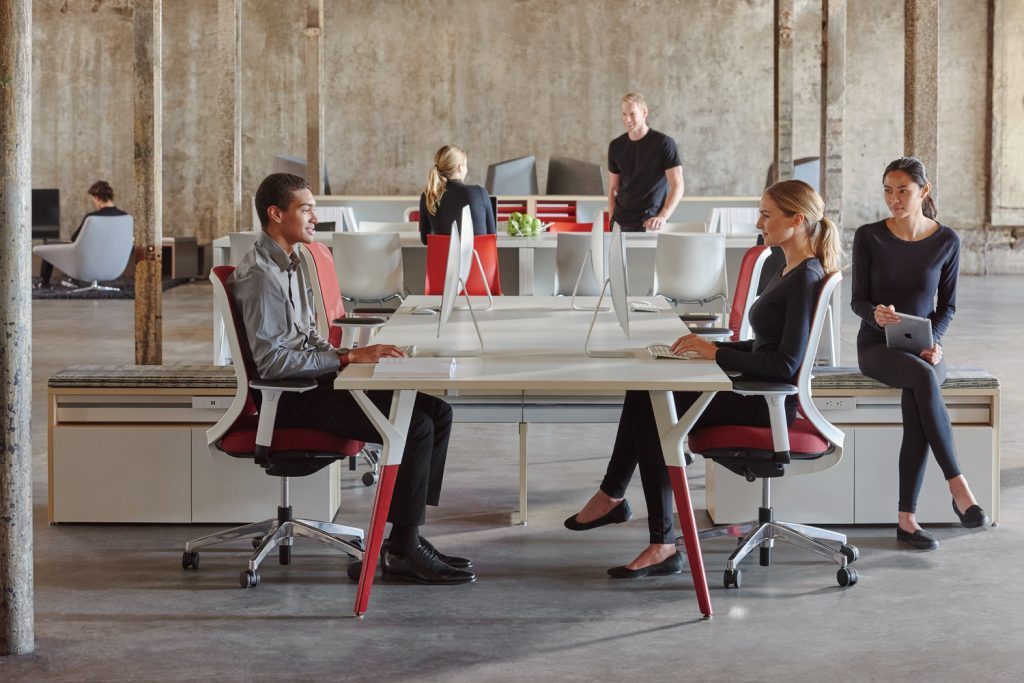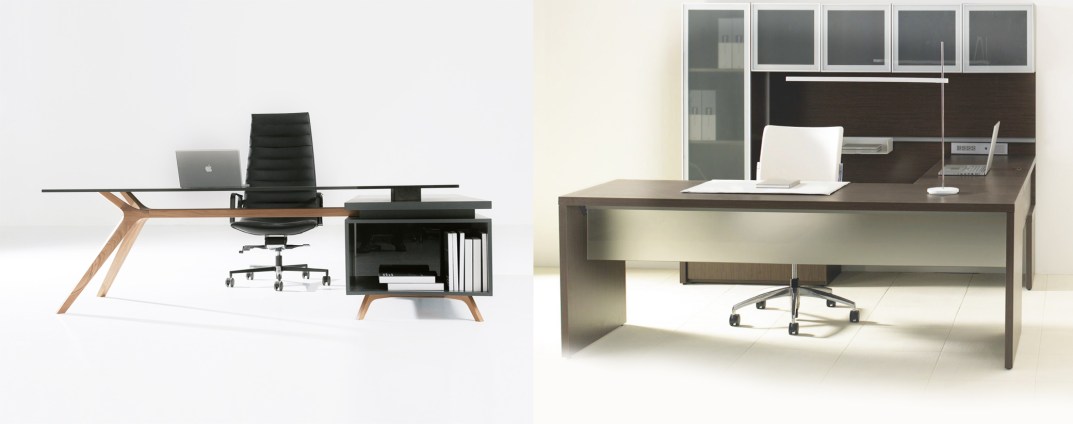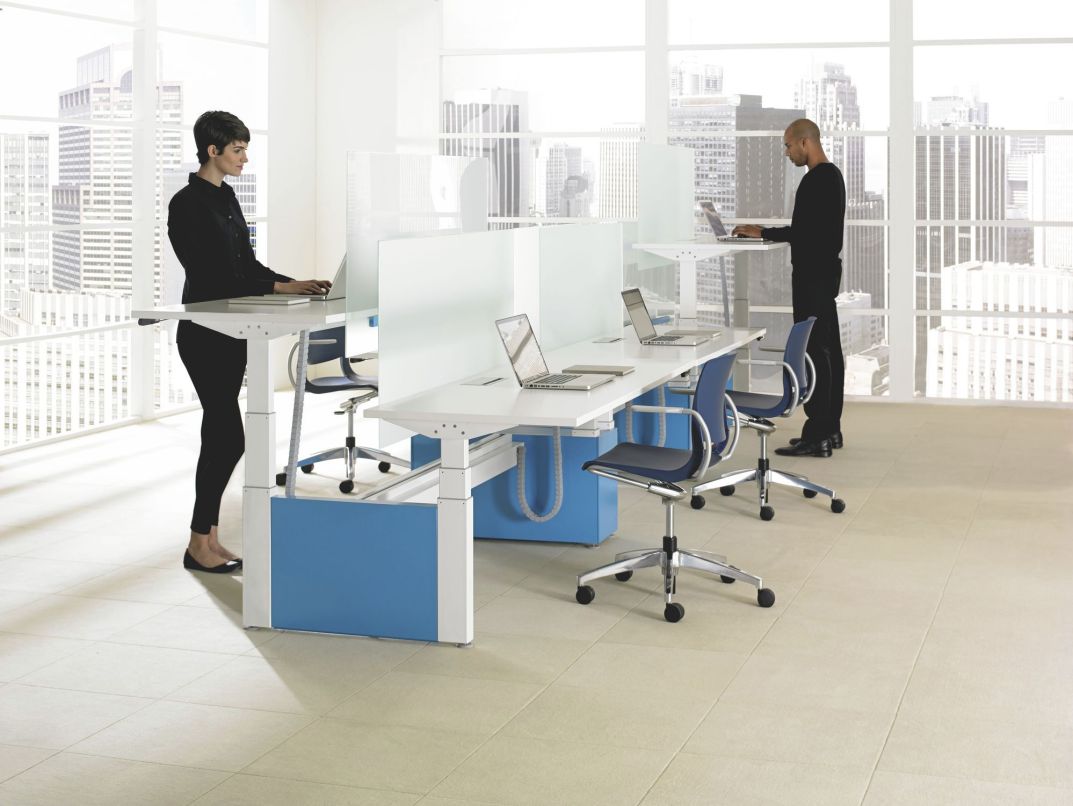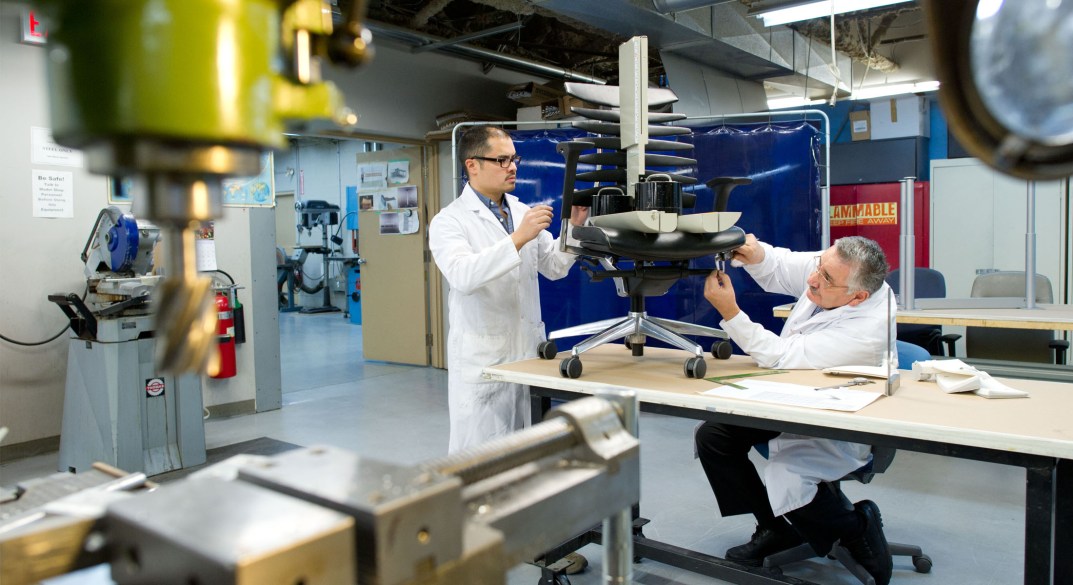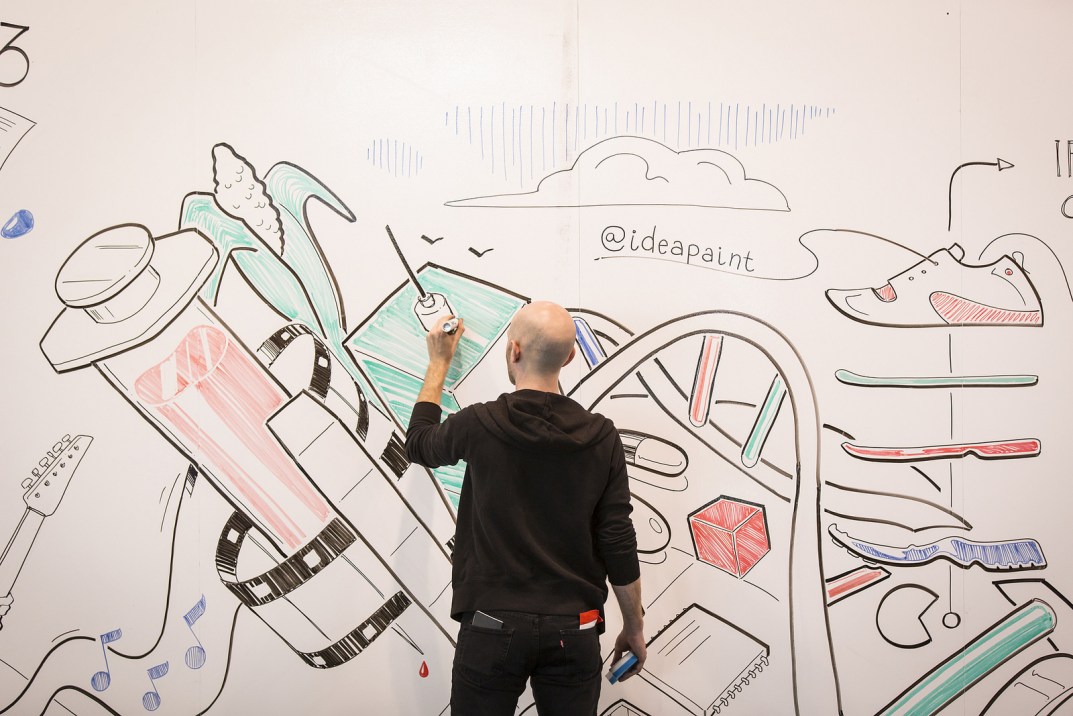Details
What is Estidama?
28 Aug 2016The UAE has never shied away from adopting the latest trends and practices. In the field of construction and architecture, a dominant trend in the region has been the adoption of sustainable and eco-friendly practices. A fact not known to many : The UAE ranked 9th in 2014 among the top 10 nations in the world in adopting green building practices. An even lesser known fact is that UAE has the 8th largest stock of LEED certified buildings outside of the US. An impressive feat, considering extreme temperatures in the region place emphasis on passive design strategies to keep buildings cool, without having to rely on air conditioning.
The most popular certification for the design and construction of green buildings would have to be the US based LEED - The Leadership in Environment and Sustainable Design. Not one to be left behind in the race to the most sustainable, in 2011 Abu Dhabi’s UPC ( Urban Planning Council ) launched an Estidama, a first of it’s kind program that’s tailored to the middle east. It rates projects by the Pearl Rating System, which aims to address the sustainability of a given development throughout its lifecycle from design through construction to operation. Through this, Abu Dhabi, and eventually UAE, strives to be a model for sustainable and economic development in the world.
Meaning ‘Sustainability’ in arabic, the system is based on 4 pillars - Environmental, Economic, Social and Cultural. Estidama basis its rating system on a pearl rating (1 through 5).
The Pearl Rating System
At its heart consists of 7 components :
- Integrated Development Process: Encouraging cross-disciplinary teamwork to deliver environmental and quality management throughout the life of the project.
- Natural Systems: Conserving, preserving and restoring the region’s critical natural environments and habitats.
- Livable Buildings: Improving the quality and connectivity of outdoor and indoor spaces.
- Precious Water: Reducing water demand and encouraging efficient distribution and alternative water sources.
- Resourceful Energy: Targeting energy conservation through passive design measures, reduced demand, energy efficiency and renewable sources.
- Stewarding Materials: Ensuring consideration of the ‘whole-of-life’ cycle when selecting and specifying materials.
- Innovating Practice: encouraging innovation in building design and construction to facilitate market and industry transformation.
The most basic and minimum achievement possible is a 1 pearl rating - meaning all the prerequisites must be met. To achieve a higher Pearl rating, all the mandatory credit requirements must be met along with a minimum number of credit points.

How is Estidama different from LEED ?
The Pearl Rating system acknowledges that with each stage of the project of the project - design, construction and finally facilities - there are different responsibilities associated with it and hence have to be rated accordingly. Keeping this reality in check, three rating stages have been put in place : Design, Construction & Operational.
A key point to be noted here is that Estidama ensures that the performance of a building or facility, post-completion and handover, is behaving as it was designed to. LEED, on the other hand, does not account for this.
Think of it like a student studying for an exam, only for a passing grade. AKA mugging up facts. There’s no real value in the grade besides a piece of paper that confirms you’ve passed. With the Estidama certification, companies can’t get away with it on the sly. Simply having products specified and used on Day 1 to score an Estidama Pearl Rating will not win any points. Pearl Rated projects are only those that put sustainable strategies and practice into use over the time, so there’s real value delivered to the environment.
There’s a good chance of scoring a high pearl rating in Design and low in Operational if equipment and strategies put in place are not implemented. Considering the Operational rating can only be received at a minimum of 2 years after completion and 80% of the building is occupied.
It’s important that a Pearl Rating is only valid for 5 years, compared to a LEED’s 15 years. Which may make the investment into LEED more worth the time and effort. Obviously, local government entities advocate strongly and have opted for the Estidama Pearl Rating. In contrast, MNC’s prefer LEED due to its global acceptance but don’t discount the Estidama as a workaround when LEED proves irrelevant.
The Total Office provides work space solutions focusing on ergonomic and collaborative products that meet global environmental standards.
“Creating your work experience using ours”

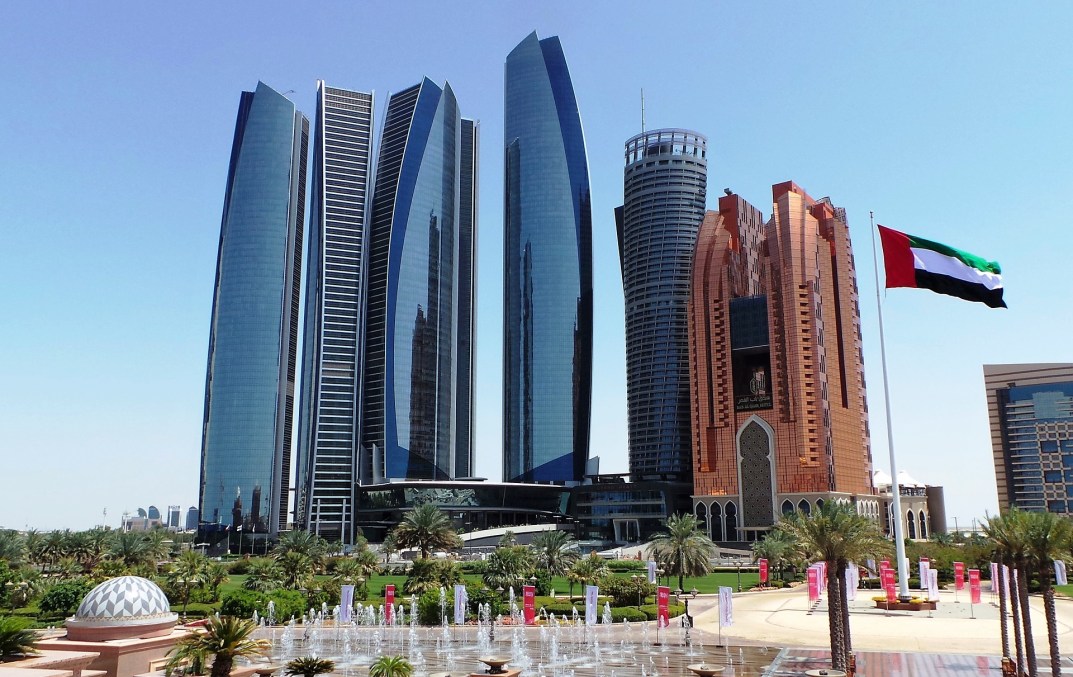
























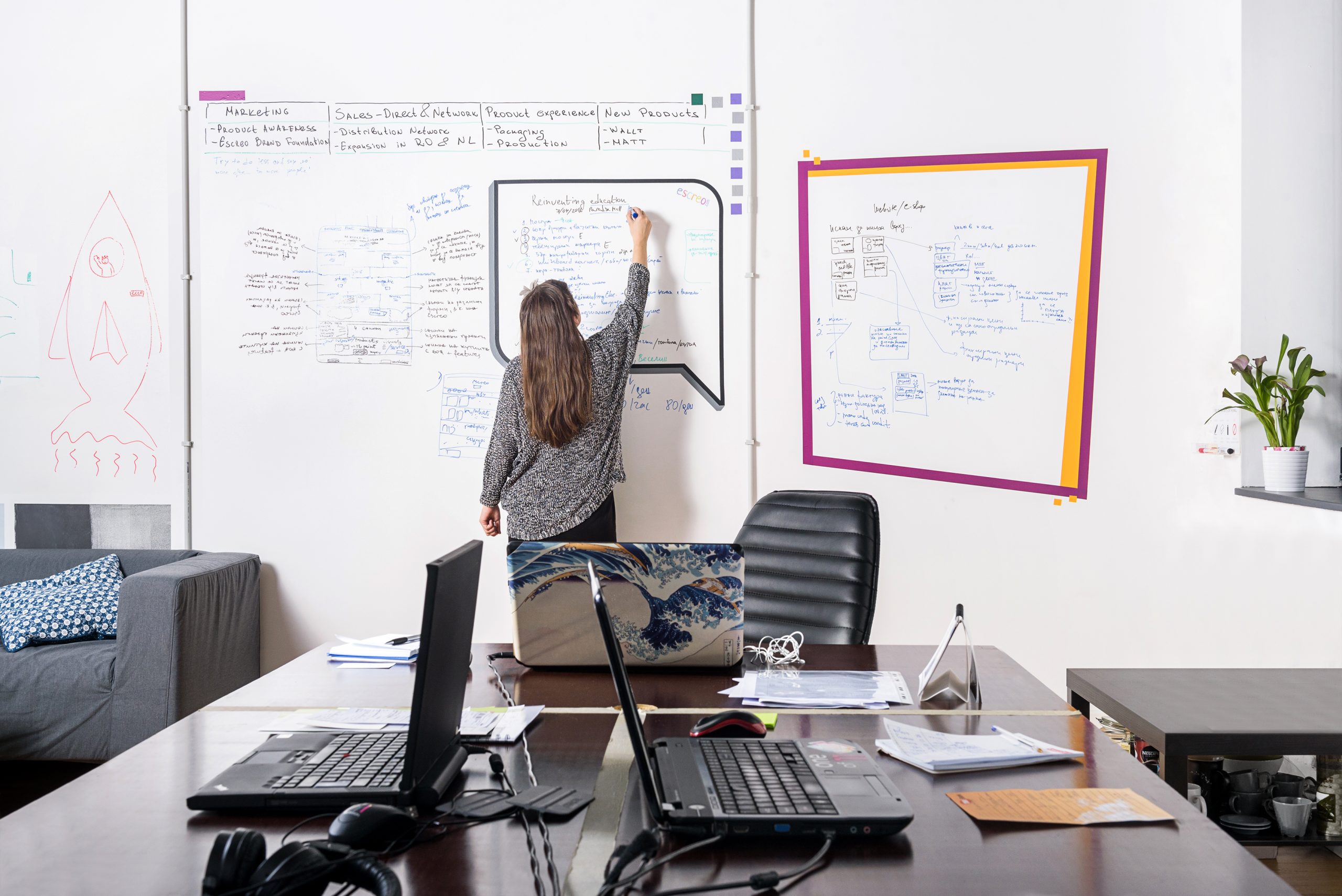

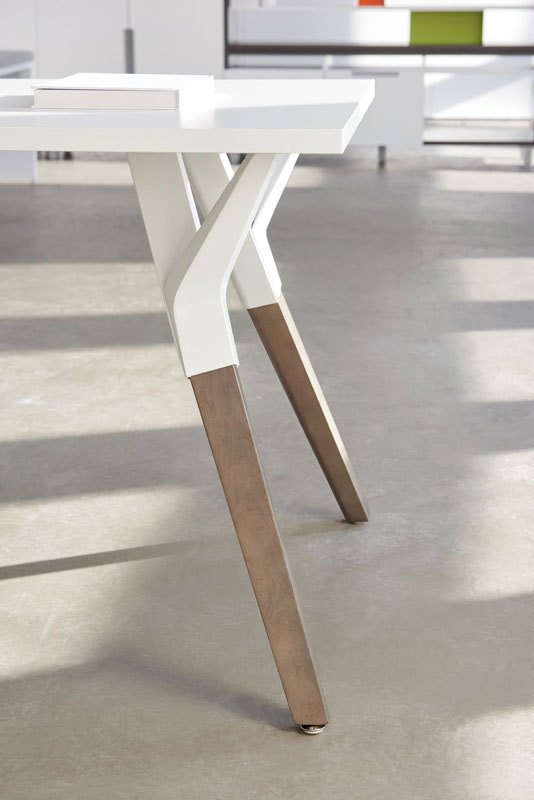
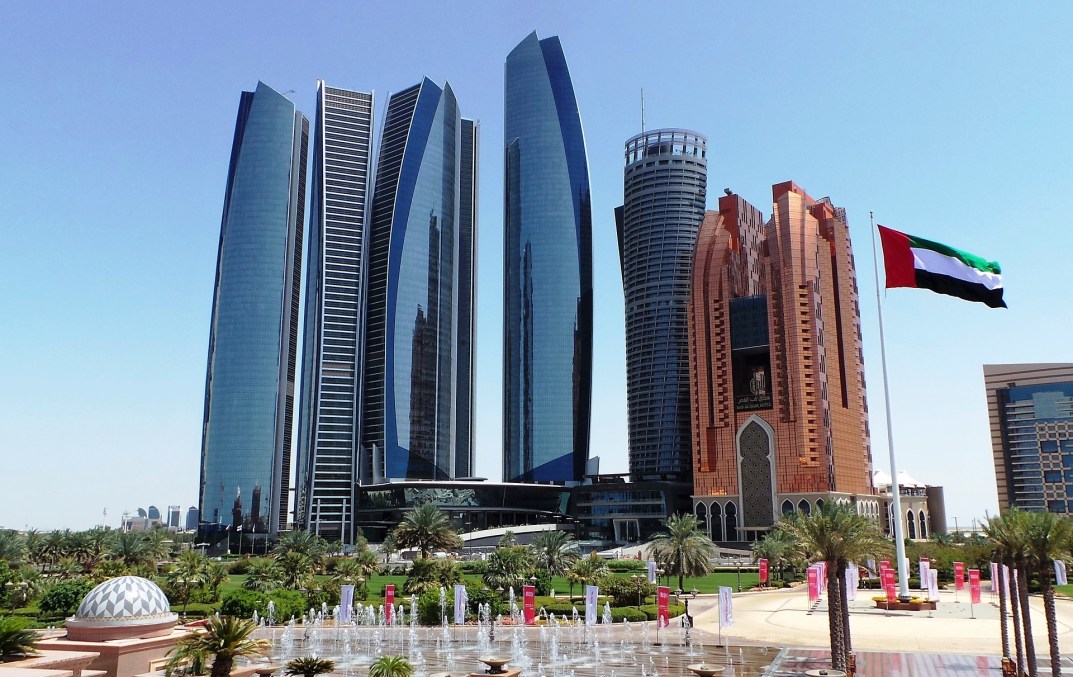
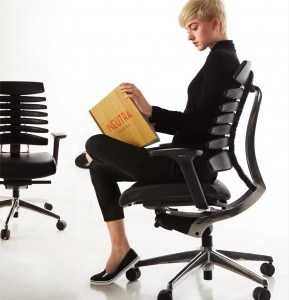
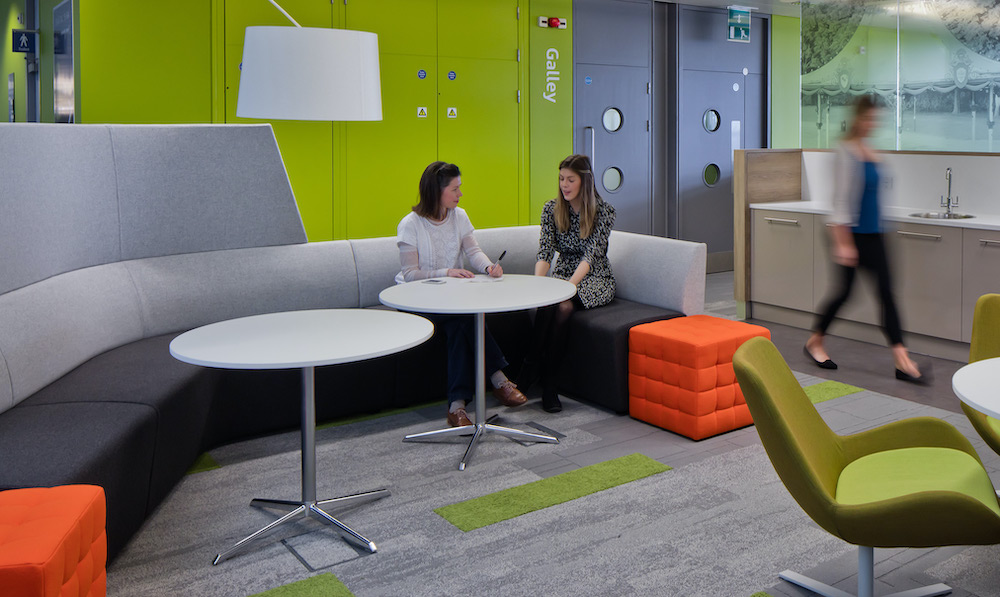
.jpg)
